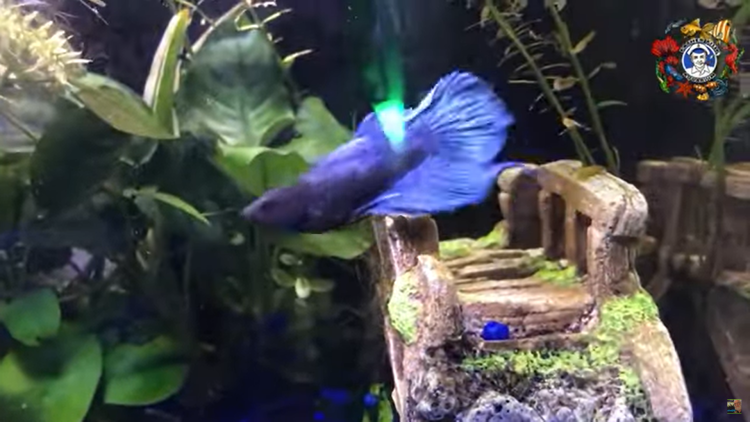90% of New Fish Keepers Quit the Hobby Due to Bad Advice
- Nov 06, 2023
- Anshika Mishra
- 169 0 0

Let's talk chemicals in the aquarium hobby.
Are Chemicals Needed?
Drugs, preparation, tonic, all of these substances get poured into the tank to prepare the tank to keep fish. The cost alone of these myriad materials averages about $20 each. It can go as high as $50.
A new fish keeper will be told that he has to buy a starter, an acclimator, a de-chlorinator, a biological, and something to create a slime coat or to act as a tonic for the fish. The effect of all these chemicals in the water with a new fish is to create a situation where there is profound stress, not just a little bit, but a lot of pressure on the fish. So much so that in a brand-new tank, all this stress causes the fish to drop a slime coat.
It does that to escape from this toxic environment. But, once it does that, it becomes susceptible to whatever bacterial or parasitic crater is lurking in the tank. Particularly parasitic, meaning ick and infection.
Nothing that you've been prepared for will help. So, they're back to the fish store to get five more chemicals. These chemicals are little more expensive. There will be an antifungal and ick, a bacterial, saline solution, and something that prevents the water from getting worse.
That's another $150. Now, you're up to $250 for chemicals. In most cases, most of it won't even help. You put these in your tank, and the fish's health worsens.
In this situation, your fish are dying because you're creating a toxic environment with all those chemicals.
Father Fish Tank
Father Fish creates tank systems using dirt and sand. If the water had a little bit of chlorine in it, they stirred it up.
Next, load the tank up with plants with no chemicals. On day two, they put the fish. By this time, they have a dirt layer, a sand cap, a plant, and a fish in the tank.
They don't feed until after about three days. Post which they only add a tiny amount of food and two days letter you can do it again, almost no food for the first week.
However, the tank is full of plants. These plants have many things growing on them that your fish will eat. They are not eating what's on the plant, not the plant. By the end of the week, your fish will be happy.
Creating a Food Web
Now, you can begin to put a food web in your tank. Go out to a nearby freshwater pond or stream and gather a handful of old wet leaves we broke down. Put them in a bucket, bring them home, and put a small handful, just a few, in your tank on day seven.
This will bring in a new kind of life in your tank. It will bring beneficial bacteria, microfauna, microalgae, and microscopic plants. All of this will help establish a living colony in your tank.
A few days later, you can add dried leaves that will be food for all those little critters. Your fish will love and thrive while you'll have a beautiful tank.






About author